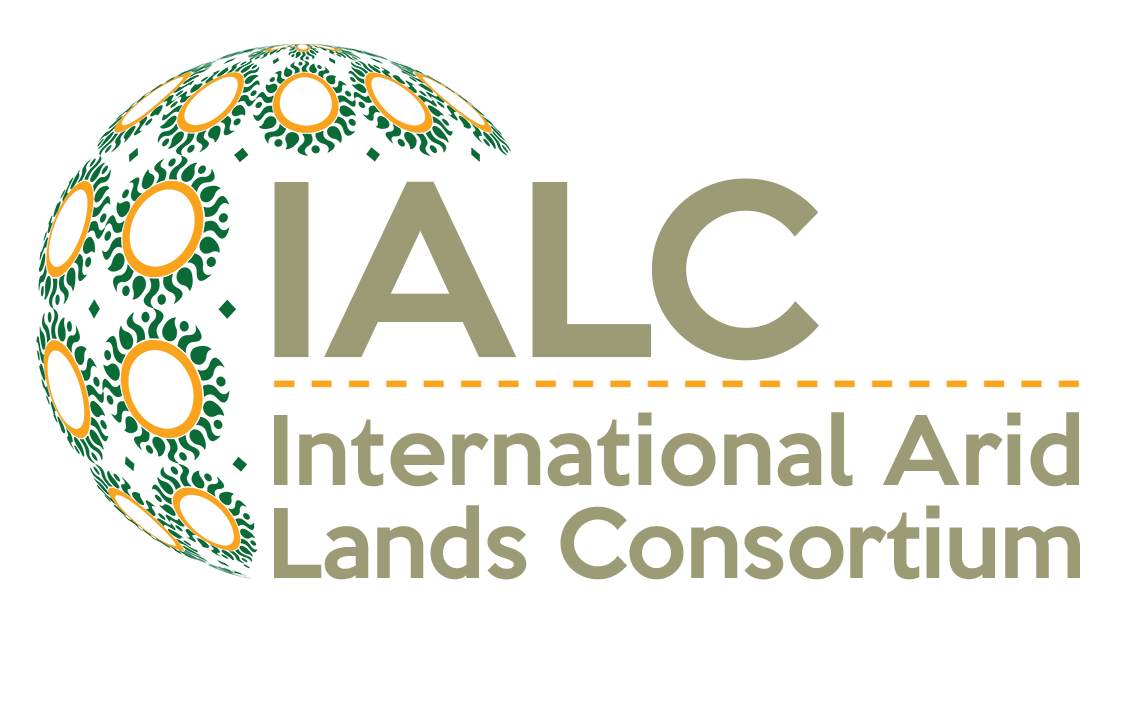Arid Lands Water Resources Monitoring for Outlier Events on Ungaged Watersheds Using Radar Rainfall Measurements
Investigators (most current known information)
Proposal Abstract
Effective monitoring of water resources in arid land regions is critical for both restoration efforts and efficient existing land use. Frequent representative sampling of a large range of runoff event sizes requires substantial budgetary resources and is even more difficult in arid and semiarid areas, where rainfall events are typically more variable. However, for a fixed time period, over a large region with many watersheds, it is more likely to encounter some extreme, or outlier, events on one or more of the watersheds than for single well-instrumented watershed. Identifying and analyzing data from these isolated watersheds can greatly reduce the time and expenditure required for obtaining long-term data from a permanently instrumented watershed.
Several components of a system to acquire and analyze hydrometeorological data from isolated watersheds were tested by an Israeli and U.S. team. The Israeli team applied a new method of radar-rainfall estimation, known as the Window Probability Matching Method, over several catchment areas in central Israel. Comparison of daily rainfall measurements by rain gauges with radar-rainfall estimates above the gauges demonstrated good agreement. The standard error of radar estimated rainfall was only 7% for a storm with a total average accumulation of 328 mm. The U.S. team conducted a comparison of indirect peak discharge measurements to peak runoff estimates from supercritical flumes in ephemeral channels of a semiarid experimental watershed. Four indirect measurements compared very well with flume observations. Uncertainty analysis for the impacts of roughness and water slope variations on indirect peak estimates indicated that substantial variation in peak discharge can result from realistic variations in roughness and slope as interpreted from the field data. The uncertainty of indirect peak discharge estimation was then compared to rainfall-runoff modeling results from a nearby subwatershed. The comparison indicated that high spatial resolution rainfall data and a distributed runoff model may be able to predict peak runoff rates with comparable accuracy to indirect measurements. However, a larger data set and more extensive modeling analysis will be required to draw any strong conclusions.
If this conclusion does hold, the possibility exists to develop an arid lands water resources monitoring system for outlier events on ungaged watersheds using radar-rainfall measurements coupled with a distributed rainfall-runoff model. The potential savings by properly utilizing these tools is important to every country and absolutely vital to developing countries. This will enable more effective arid land water utilization for current activities as well as restoration efforts.
Outcome
Ph.D. Dissertation
El-Shinnawy, I.A. 1993. Evaluation of transmission losses in ephemeral streams with compound channels. Ph.D. Dissertation, Department of Civil Engineering and Engineering Mechanics, The University of Arizona. Tucson AZ.

